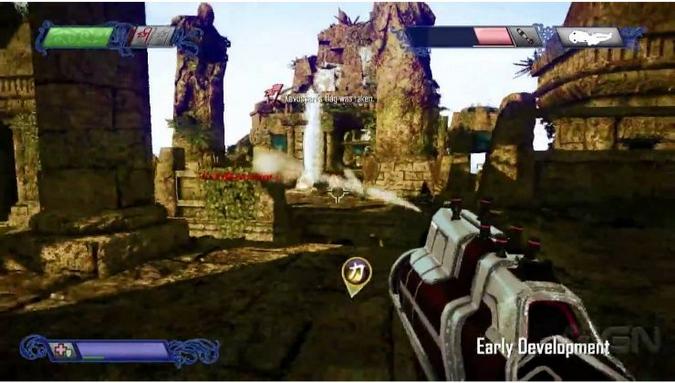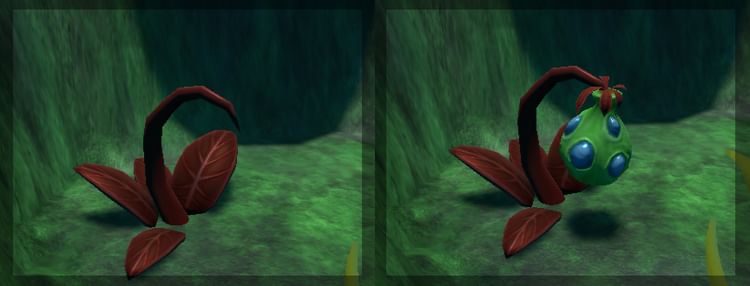How to Determine Feeding Rate in Aquaponic Systems
Press; and ' to change the power that the spawned fish are launched at; Press,. To change the level the fish spawn at; Quick Start Guide Video 2018.10.20 Release Video. YouTube Tutorial - FISH CANNON MOD RELEASE Feed and Grow Fish Modded. 2018.10.13 Release Video. YouTube Tutorial - OFFICIAL PREMIUM SPAWN HACK RELEASE Feed and Grow.
Hello! Welcome
If you have found your way here, then you are probably asking yourself the same questions that many ask when they begin planning their aquaponic system, “How much do I feed?”, “How many fish do I need?” “How often do I feed?”. Determine the feeding rate in an aquaponic system can sometimes be confusing as you will see a lot of different answers all over the web. Today I want to break down some of the misinformation and hopefully leave you feeling confident in your ability to calculate your feeding rate regardless of your system size.
1.1 The Basics
Before we get into the calculations, let us go over the basics:
Feed And Grow Fish Low Fps Levels
It is not a matter of how many fish you have, rather how much feed is going into the system. The feed provides the nutrients for the plants. The fish and microbes process the feed into a usable form for the plants to uptake.
The second thing to understand is the accurate modeling of excreted nutrients based on feed input is currently limited. This is because the feed composition is continuously being changed to increase the overall sustainability of aquaculture ventures. Many factors can affect fish nutrient requirements including age, size, species, temperature, genetics, and culture methods. Feed Ingredients and their percentage of inclusion also change, as does ingredients percentages of digestibility. All of the factors above affect the nutrients excreted from the cultured species.

1.2 It’s less science and more experience
Even though feed ingredients are changing, the fishes nutritional requirements remain the same; which means that the majority of the time as long as we feed within a general range the plants will get the majority of their essential nutrients.
Extensive research at the University of the Virgin islands using Nile tilapia has shown that a feeding rate of 60-100 grams/m2/day of DWC planting area OR (5.6-9.3 gram/ft2/day) using a nutritionally complete fish feed with 32% protein will provide 10/13 of the essential nutrients required in sufficient quantities for the production of leafy greens and herbs in systems using Deep Water Culture (DWC) systems.
Fruiting crops require more nutrients, especially potassium, calcium, magnesium, and phosphorus during fruit development, and it has been suggested that higher feeding rates, solids mineralization, and nutrient additions be used to meet these additional nutrient requirements. In the future, we will go in-depth into solids mineralization and each nutrient, but for now, let’s keep it simple.
Many farms, including ours, maintain feed rates as low as 10-20 grams/m2/day ( 0.9-1.9 grams/ft2/day). We do this to minimize nitrogen production, which needs to be degassed when feeding at high levels like that of the UVI system. The nitrogen is directly related to the protein content of the feed, which is the most expensive part of the feed. Lower feed rates often will result in a need for additional micro-nutrients to be added to the water, though this is a cheaper addition then the cost of the protein we are saving and improves overall plant health. Mineralizing the organic waste removed from the system can help release ~50% of the nutrients excreted by the fish that are usually bound and unavailable to the plant. Currently, several universities are conducting replicated research on the mass balancing of nutrients in aquaponics systems, to determine optimal feeding rates based on the nutrient composition of feed and theoretical/experimental expected excreted nutrients based on various fish species.

In media-based systems, the recommended feed rate is 1/4th of the feeding rate in DWC systems due to the displacement of water by the media and the slow mineralization of organic solids that accumulate in the beds.
In NFT systems the recommended feed rate is also 1/4th of the feeding rate for DWC systems due to the use of less water, and thus the concentration of nutrients is higher
1.3 Limiting nutrients
Feed And Grow Fish Low Fps Low
Generally, the three limiting essential nutrients in aquaponics systems are Calcium, Potassium, and Iron. These elements are limited because their inclusion rates in the feed are low and a significant percentage of what is excreted is bound in the solid waste where they are unavailable for plant uptake; to meet the levels required for proper plant development, these elements can be added directly to the system water or applied as a foliar spray.
Magnesium and Micronutrients such as boron, molybdenum, manganese, and cobalt can also be limiting in the system. The concentrations of these minerals are affected mainly by the source water and the type of filtration before entering the system and feeding rate, as mentioned above. In areas with hard water, you may never need to add these nutrients, and in some cases, you may have to remove a portion of them to prevent toxicity.
Micro-nutrient supplements can be added in several forms to the water; some common additives are SEA-90, various fish safe hydroponic nutrients, and kelp powder. A majority of the micronutrient deficiencies can be remediated by adding mineralized water back to your system. These elements in fish safe and plant available compounds will be covered more in-depth in future articles.

2.1 Determining where to start
Whether you have an aquarium and want to start growing fresh vegetables at home or you are looking to turn some open space inside or outside into a beautiful garden, you can followthese examples to determine the amount of feed required and the number of fish you need to start growing. We will soon be releasing a calculator to help you determine the feeding rates for your system.
Once you have determined your volume of water, the number of fish, and the daily feed rate you can begin to determine the biological surface area (BSA) and aeration requirements of the system.
Feed And Grow Fish Low Fps Boost
Till next time happy farming!